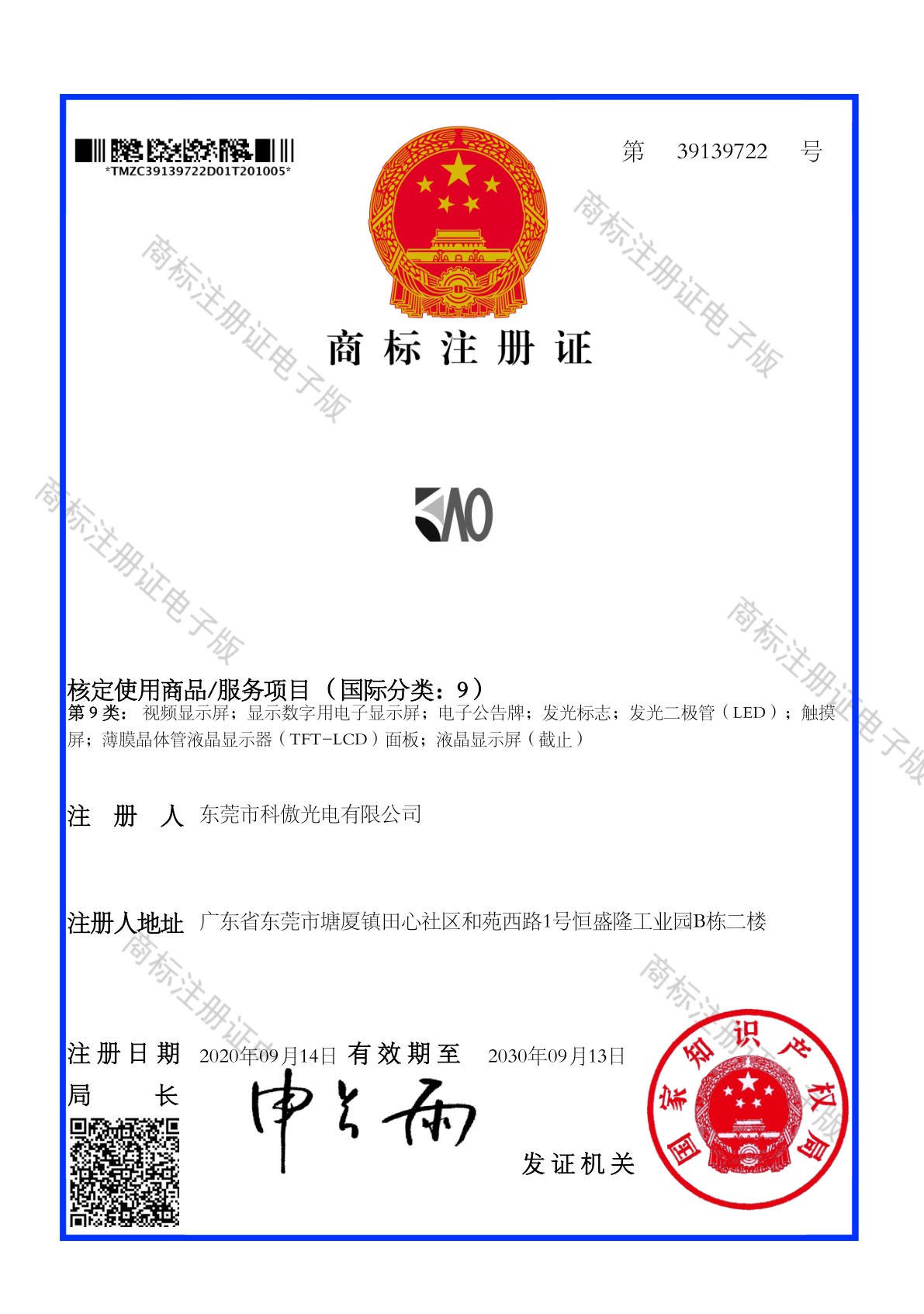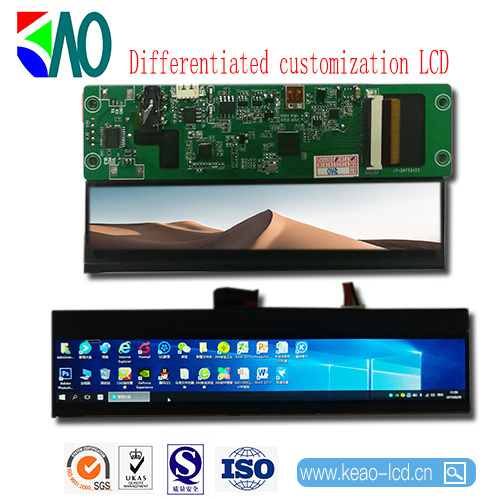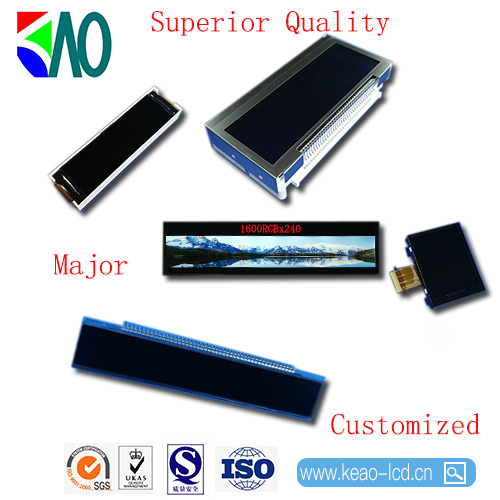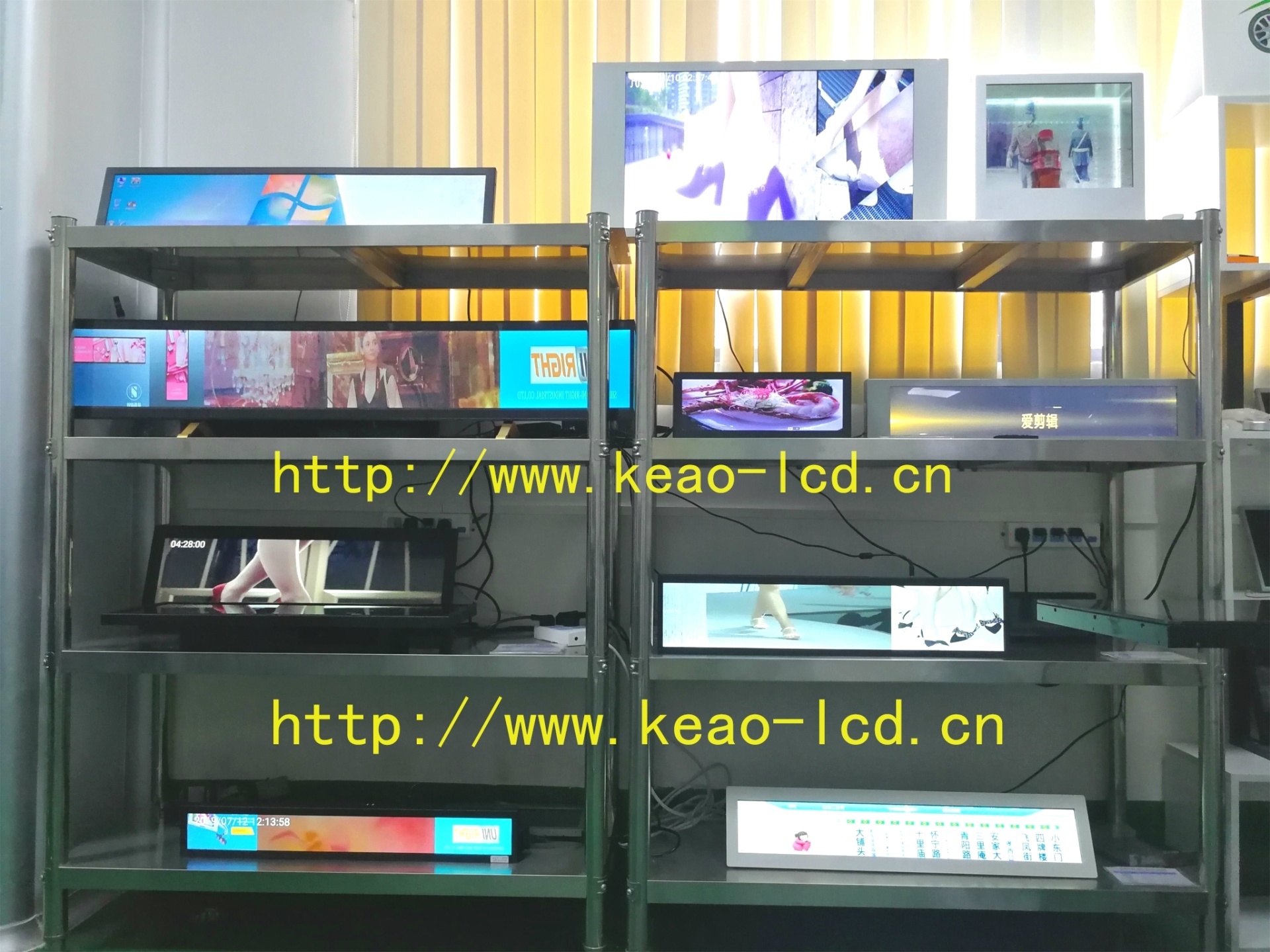Understanding LCD Display Modules: Key Features and Applications
LCD display modules are integral components in the realm of electrical engineering, especially when it comes to LED display technology. These modules serve a variety of purposes, from simple text displays to complex graphical interfaces, making them versatile tools for many applications. Understanding the key features and functionalities of LCD display modules can help you choose the right solutio
2025-04-26
LCD display modules are integral components in the realm of electrical engineering, especially when it comes to LED display technology. These modules serve a variety of purposes, from simple text displays to complex graphical interfaces, making them versatile tools for many applications. Understanding the key features and functionalities of LCD display modules can help you choose the right solution for your project or business needs.
One of the primary advantages of LCD (Liquid Crystal Display) technology is its low power consumption compared to other display types. This makes LCD display modules an excellent choice for battery-operated devices and applications where energy efficiency is crucial. In addition to this, they provide clear visibility under various lighting conditions, although their performance can improve with backlighting, such as LED technology.
LCD display modules come in various sizes, resolutions, and configurations, which allows them to cater to a wide range of applications. For instance, they can be found in handheld devices, industrial equipment, and even in larger LED display screens. When selecting an LCD display module, consider factors such as pixel resolution, viewing angle, and color depth, as these elements can significantly affect the overall performance and user experience.
Another vital aspect to consider is the interface of the LCD display module. Most modules utilize standard interfaces like SPI (Serial Peripheral Interface) or I2C (Inter-Integrated Circuit), making them easy to integrate with various microcontrollers and other electronic components. This compatibility is crucial for developers looking to create custom solutions that incorporate LCD displays.
In terms of durability, many LCD display modules are designed to withstand harsh environments, including temperature fluctuations and humidity. This resilience makes them suitable for industrial applications, where reliability is paramount. Furthermore, with advancements in technology, many LCD modules now come with enhanced features such as touchscreen capabilities, making them even more versatile.
In conclusion, LCD display modules are a vital part of modern electrical engineering and LED display technology. Their low power consumption, versatile applications, and robust interfacing options make them an excellent choice for various projects. By understanding the features and specifications of LCD display modules, you can make informed decisions that enhance your projects and meet your specific needs effectively. Whether you're integrating a display into a handheld device or a larger LED screen, knowing the ins and outs of LCD technology will undoubtedly benefit your endeavors.
One of the primary advantages of LCD (Liquid Crystal Display) technology is its low power consumption compared to other display types. This makes LCD display modules an excellent choice for battery-operated devices and applications where energy efficiency is crucial. In addition to this, they provide clear visibility under various lighting conditions, although their performance can improve with backlighting, such as LED technology.
LCD display modules come in various sizes, resolutions, and configurations, which allows them to cater to a wide range of applications. For instance, they can be found in handheld devices, industrial equipment, and even in larger LED display screens. When selecting an LCD display module, consider factors such as pixel resolution, viewing angle, and color depth, as these elements can significantly affect the overall performance and user experience.
Another vital aspect to consider is the interface of the LCD display module. Most modules utilize standard interfaces like SPI (Serial Peripheral Interface) or I2C (Inter-Integrated Circuit), making them easy to integrate with various microcontrollers and other electronic components. This compatibility is crucial for developers looking to create custom solutions that incorporate LCD displays.
In terms of durability, many LCD display modules are designed to withstand harsh environments, including temperature fluctuations and humidity. This resilience makes them suitable for industrial applications, where reliability is paramount. Furthermore, with advancements in technology, many LCD modules now come with enhanced features such as touchscreen capabilities, making them even more versatile.
In conclusion, LCD display modules are a vital part of modern electrical engineering and LED display technology. Their low power consumption, versatile applications, and robust interfacing options make them an excellent choice for various projects. By understanding the features and specifications of LCD display modules, you can make informed decisions that enhance your projects and meet your specific needs effectively. Whether you're integrating a display into a handheld device or a larger LED screen, knowing the ins and outs of LCD technology will undoubtedly benefit your endeavors.
Related info











